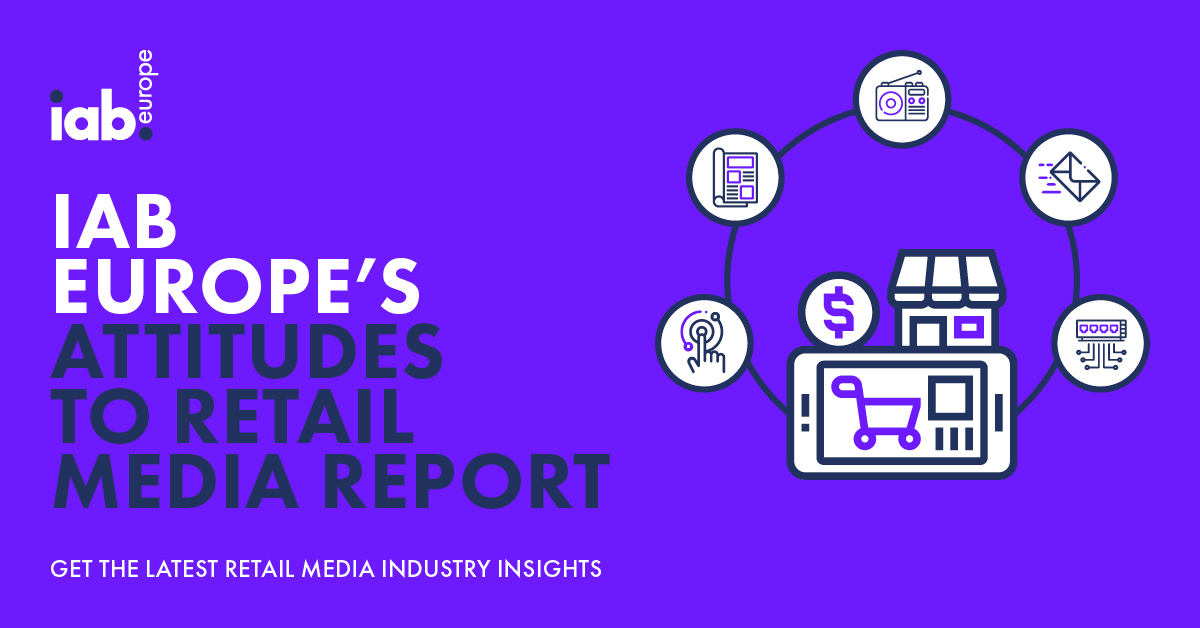Many retailers are finding opportunities for growth and increased profits in home and international markets by using multiple channels. But, as Craig Sears Black, UK Managing Director at Manhattan Associates explains, there are challenges to doing this efficiently. While some focus on the warehouse itself, it’s actually the supply chain technology that retailers have over- laying it that will be their passport to growth.
Locating stock was the first reason for retailers to implement supply chain technology. Now the focus is not just on visibility, but it’s also on understanding how different stock locations and stock-holdings can be used to deliver excellent service.
The customer wants fast delivery and a range of convenient shopping choices – including shipment to their nearest store. This ability for them to get what they want, when and where they want it creates loyalty, which in turn boosts a retailer’s bottom line.
The key to the fitness required to achieve this is a single view of the whole supply chain. This means integrated visibility from Warehouse Management Systems, Order Management Systems and ERP Systems. The importance is the outcome: visibility and management of all parts of the supply chain through a straightforward, unified process that ultimately reduces unnecessary stock-holding.
The other complexity that’s been added into the multichannel supply chain and affects stock-holding policies is that many retailers are starting to rely on international customers to support their revenue.
Figures vary, but some reports suggest more than 3 in 4 retailers accept and fulfil international orders. With little growth in domestic markets, this isn’t a surprise.
An exciting potential lies in emerging markets of the BRICs, Asia and the Middle East, which are already familiar territories for retailers involved in the far sourcing of manufactured goods. A.T. Kearney’s 2012 Global Retail Development Index finds Brazil to be the most attractive of 30 emerging market countries for retailers for the second year running, closely followed by other Latin American countries such as Chile in second place and Uruguay in fourth. China rose to third place on the back of double digit growth whilst India came fifth.
But expanding retailers used to low cost-to-serve domestic markets will need to be wary of the numerous potential pitfalls on entering new markets. As well as legislative issues, including high import taxes, bureaucracy and complex labour laws, how to physically move stock around becomes more difficult.
ONLINE…
It is because of the online channel that retailers can dip their toes into new international markets. Not too long ago, retail meant stores. In a matter of a decade, retail has come to mean multiple sales channels that include not just stores but also ecommerce, m-commerce, f-commerce, s-commerce and v-commerce (video-enabled).
…OR MULTICHANNEL
Multichannel, at home or abroad, means that a sale may span several channels before it closes, which places tremendous pressure on the fulfilment network. The value proposition for multichannel sales is to capture the sale that would not occur otherwise because a customer no longer relies exclusively on shopping at a bricks and mortar store.
MANAGING THE CHANGE
The natural tendency is to increase inventory levels close to the point of demand. Retailers often gravitate to opening regional distribution centres to minimise stock-outs and satisfy their geographically dispersed customers. They add new layers of software and inventory systems to deal with each new retail channel and track each channel through separate divisions and warehouse systems.
Controlling inventory, being ready to ship on-time and handling a diverse customer base are all far more difficult when using discrete systems for different retail channels. Depending on how resources have been allocated within the company, this can create unanticipated supply chain bottlenecks, resulting in late shipments and customer complaints or supply chain blind-spots where poor inventory visibility results in missed sales opportunities.
But just as customers have no patience for order delays or non-availability, shareholders have no patience for reduced inventory turns, increased inventory investment, and higher working capital costs. Because of these dynamics, the traditional, static way of fulfilling a customer’s order out of the geographically closest warehouse is becoming outdated. Also because traditional inventory systems, not up to the task of effectively and accurately supplying products through the mixed modes of modern retailing, are putting companies at a competitive disadvantage.
Today’s retailers – as well as distributors and manufacturers – need to adapt to the new multichannel retailing era or face being marginalised or bankrupted. To adapt they need to harness the power of inventory across their enterprise and involve suppliers and logistics partners in direct customer order fulfilment. They must strive to reduce costs across the supply chain without sacrificing order quality and on-time delivery.
The answer is to integrate supply chains for multiple retail channels to efficiently meet growing demand. This has been challenging despite promises of integration tools, standards and web services. Today, software solutions have matured significantly and have been deployed to help companies accomplish this by weaving the varied strands of their distribution systems into a cohesive, effective network. The promise is rapidly becoming reality as retailers, solution vendors, and the marketplace gain experience in deploying these solutions.
DISTRIBUTED ORDER MANAGEMENT
For example, Distributed Order Management solutions allow managers to combine existing inventory systems and coordinate multiple retail channels by sourcing products from warehouses throughout the world. Effective solutions provide system-wide inventory visibility, sourcing, allocation and delivery scheduling at each stage of the fulfilment process in real time. Using configurable rules, Distributed Order Management solutions can aggregate orders as they are placed, evaluate global inventory and then match demand to supply. An effective solution can provide precise understanding of product demand and backlog for all markets – not just single channels.
By using Distributed Order Management solutions, companies gain a global view of inventory and an equally broad view of the pathways their customers use. These solutions help companies recognise that not all customers are created equal, and that the end user has many choices about where to shop for a product and where to buy it.
This also means that the specific floor policies within warehouses are less relevant, as the visibility is all done from a platform level. This just leaves the organisation required to pick, pack and ship effectively.
INTEGRATED SOLUTIONS
Ultimately, all customer channels – ecommerce, mcommerce, f-commerce, s-commerce and vcommerce plus the more traditional channels of physical stores, catalogues and call centres – must be brought together into a fully integrated order and distribution loop through coordinated inventory management, instantaneous communication and rapid response to spikes in demand. While few companies can take on such a monumental project all at once, Distributed Order Management solutions offer a cost-effective alternative to gain most of the benefits full integration can achieve.
Order fulfilment execution will always be the gold standard by which successful companies are measured. Distributed Order Management can help them get there, and stay there – whatever new challenges come along.




